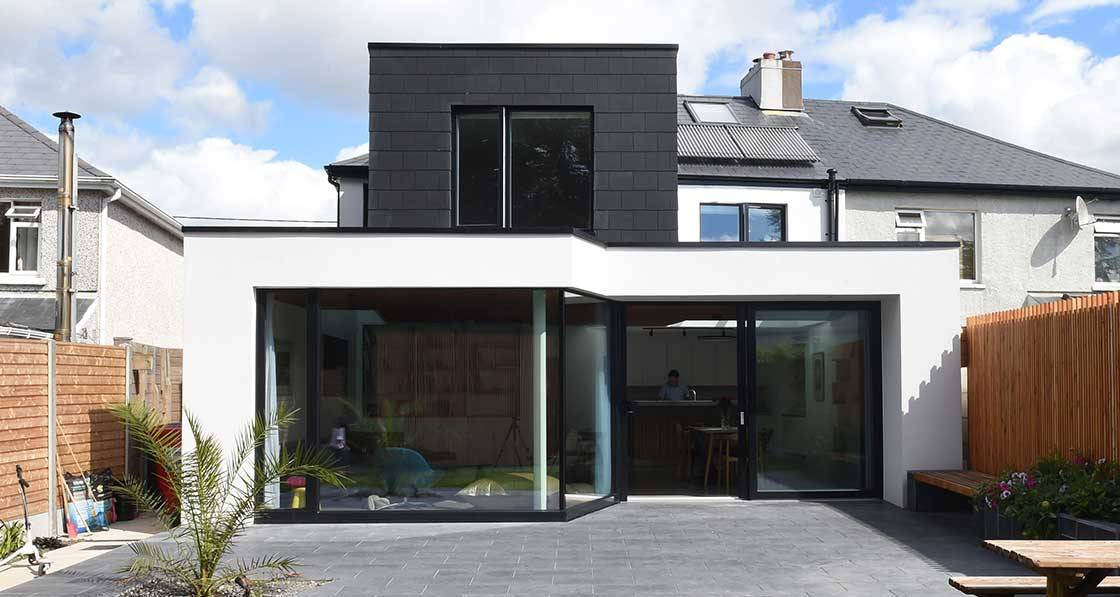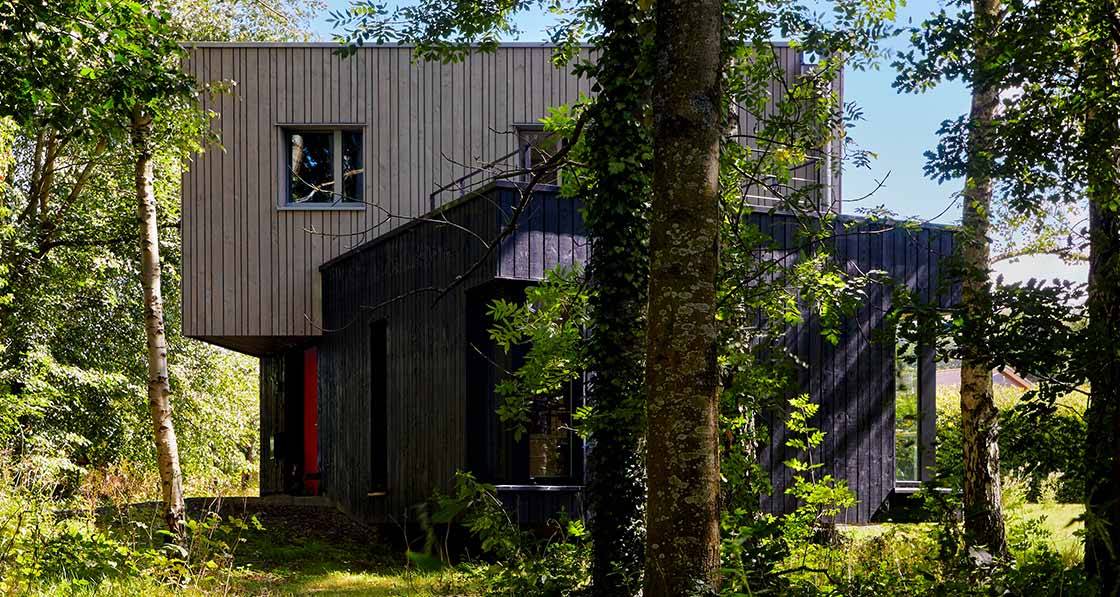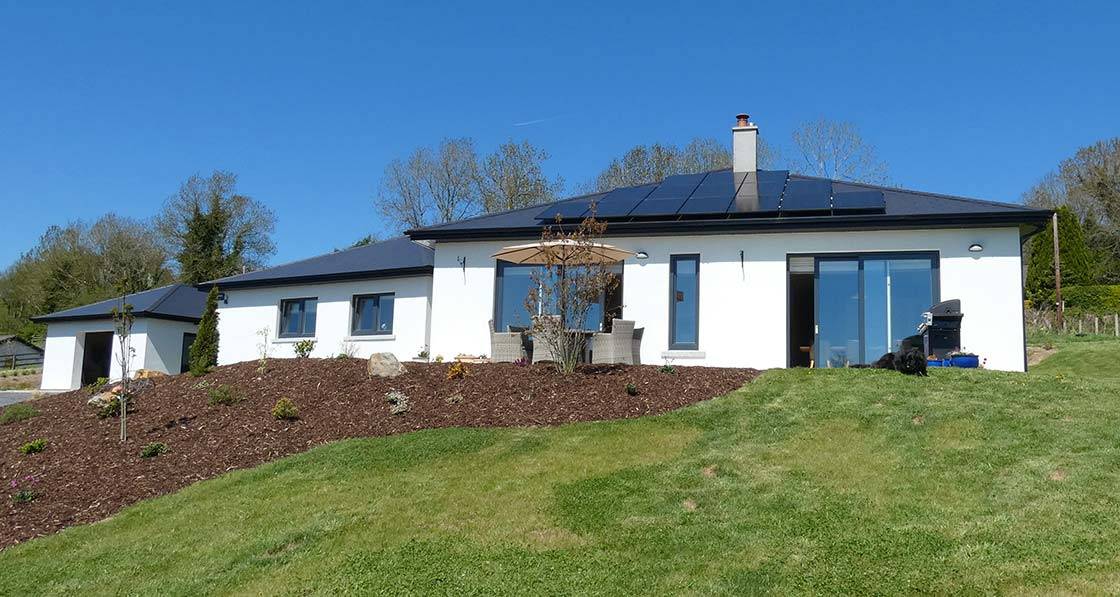Cork retrofit blitzes new build NZEB standard
The retrofit and extension of a run-down semi in Cork shows just how radically a typical Irish home can be transformed with a skilful retrofit — and why, if your budget is limited, upgrading the building fabric should be your first priority.

























